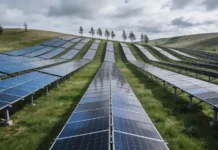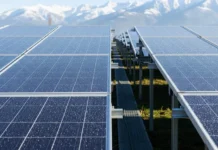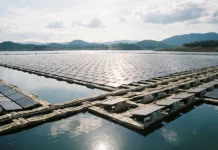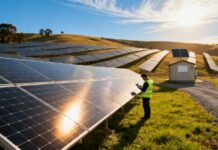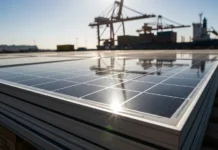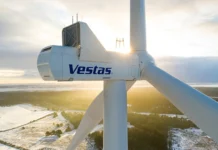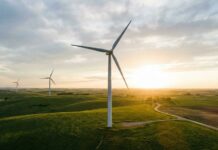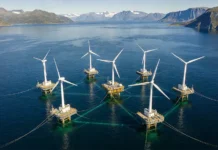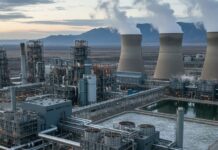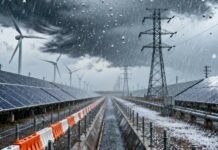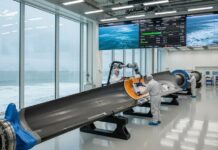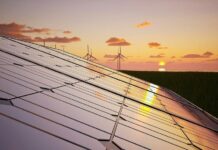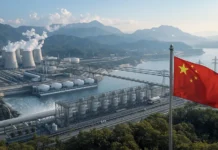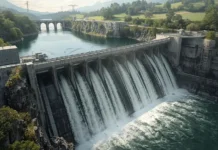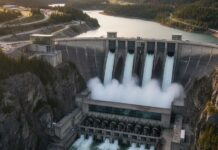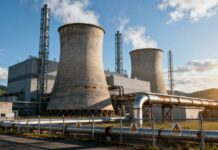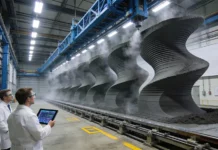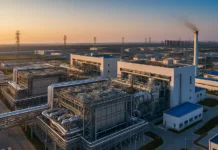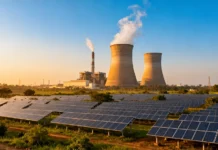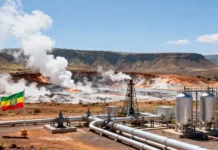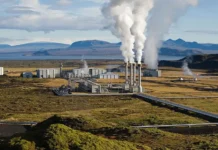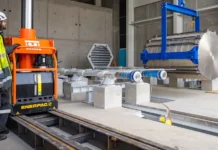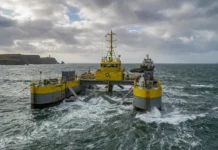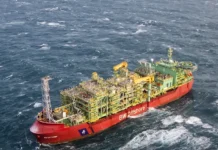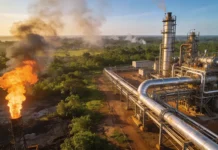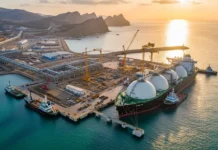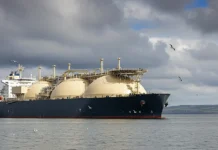The A$1.6bn project was commissioned between 1992 and 1996, and is located on 1,600 hectares of land. There are four 350MW generating units, housed in a 20-storey boiler house and a turbine hall. The infrastructure was built to withstand cyclonic winds, and construction took seven years.
The power station is owned by Stanwell. It is highly automated, and in 2002 Unit 4 set a world record for 1,073 days of continuous operation. The power station has a 210m high chimney stack and two 130m high cooling towers that are 100m in diameter. Supplying 1.5 million homes, the power station is Stanwell’s largest operating site. It is set in a 3,500 hectare industrial development site, Stanwell Energy Park, which has the potential to become one of Australia’s largest industrial precincts.
4 million tons of coal burnt each year
When operating at full load, Stanwell Power Station burns about 4 million tons of coal a year. Low sulphur black coal from various Central Queensland mines is transported via rail to the station. The coal is stockpiled until required in the boiler bunkers.
Each of the boiler bunkers holds around 350 tons of coal. A feeder regulates the flow of coal from the bunkers to pulverisers. Six pulverisers (mills) for each unit grind the coal into a fine powder. The powdered coal is then mixed with warm air and burnt. The gases, ash and particles from the burnt coal are drawn through two electrostatic precipitators per unit. Charged plates collect the ash, dust, and fine particles out of the gas. The particles are attracted to the plates, then collected in hoppers and are carried away by a conveyor belt.
“The infrastructure was built to withstand cyclonic winds, and construction took seven years.”
The particulate matter is passed to silos, where it is mixed with water and ash. This creates a slurry that is pumped to the ash disposal area. The slurry dries hard like cement, with low amounts of water in the ash reducing the risk of water table contamination. A re-vegetation project is being carried out on the disposal area. The power station is improving waste management practices, including selling fine-grade ash for use as cement extender. The gases that pass through the precipitators are discharged up the chimney. There are four flues within the chimney – one for each unit.
Low NOx burners
“The power station is improving waste management practices, including selling fine-grade ash for use as cement extender.”
Each of Stanwell’s four units has a boiler with about 200km of tubing. The boilers are fitted with low NOx burners. Steam from the boiler is heated to 541°C in the superheater and passes through high-pressure pipework to the turbine. Superheated steam passes from the boiler through the turbine. The steam pressure drops from about 17,000kPa to about 12kPa absolute. That causes the turbine to rotate at 3000rpm.
Once used, the steam is condensed and pumped back to the boiler. After circulating in the condenser, the cooling water – now about 10°C hotter, flows back to the cooling tower. This water is cooled by air and then falls back into the bottom of the cooling tower to be recycled through the condenser. Cooling water comes from the Fitzroy River.
Energy is produced at 20kV, increased to 275kV by the generator transformer before being passed to the Queensland electricity grid. Power enters the grid at the Stanwell switchyard.”Once used, the steam is condensed and pumped back to the boiler.”
Seed orchard on adjacent land
The Stanwell Seed Orchard is located on land adjacent to the power station. The seed orchard is a partnership between Stanwell and Forestry Plantations Queensland (formerly Department of Primary Industry – Forestry) and is project managed by Forestry Plantations Queensland. When production peaks, the orchard will produce 85 million seeds each year.
Stanwell is investigating an integrated gasification combined cycle, geosequestration, and the feasibility of using grey water from the Rockhampton sewerage works.


